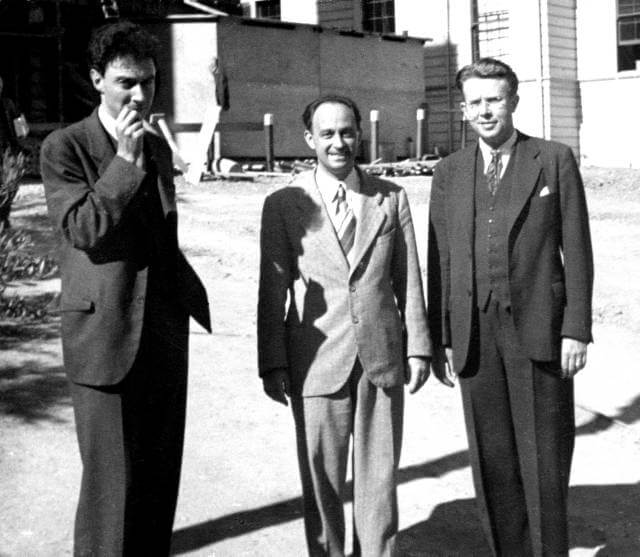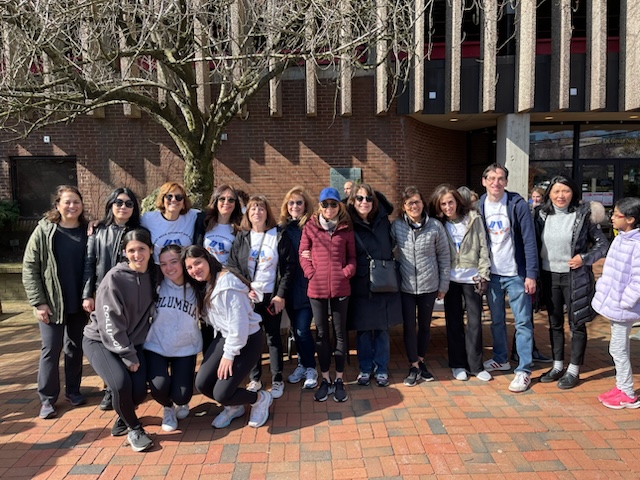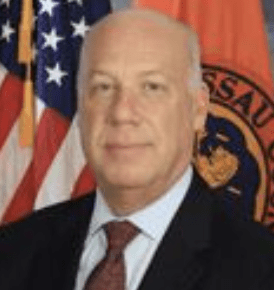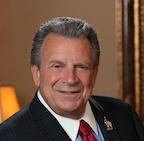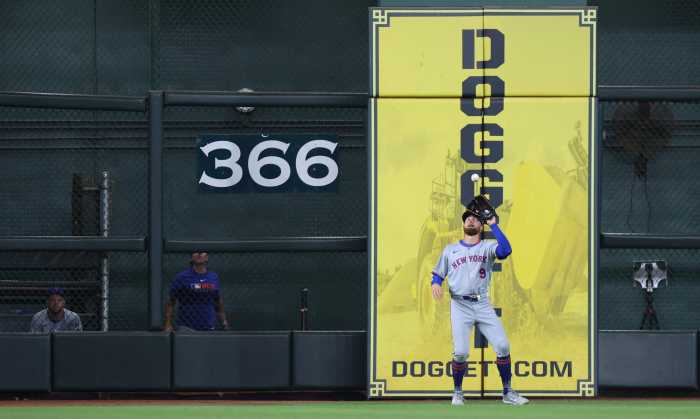The eponymous Robert Oppenheimer, who served as the director of the Los Alamos Laboratory during the development of the atomic bomb, did not usher in a new technological age.
Enrico Fermi was the true architect of that epochal era.
About Enrico Fermi
September 29, 2023, marks the 122nd birth date of the taciturn Italian physicist whose discoveries with uranium made possible the Manhattan Project, the atomic bomb and the nuclear age itself.
According to David N. Schwartz, author of The Last Man Who Knew Everything: The Life and Times of Enrico Fermi, Father of the Nuclear Age: “The nuclear age is a broader concept than just simply the nuclear bomb. The nuclear age is, in my view, the moment when man was able to master the process of releasing energy from the nucleus of the atom. Fermi was certainly the father of that.”
In Albert Einstein’s August 2, 1939, missive to President Franklin Delano Roosevelt—which he mailed from his vacation house on Nassau Point in Cutchogue—the great physicist wrote: “Some recent work by E. Fermi and L. Szilard, which has been communicated to me in manuscript, leads me to expect that the element uranium may be turned into a new and important source of energy in the immediate future.”
Enrico Fermi had been an integral part of the Italian scientific firmament in the 1920s and the 1930s.
Having already unlocked the secret of synergistic non-linear systems with his bold computer experiments and redefined our understanding of classical thermodynamics, Fermi was poised for even more breathtaking advances. In 1926, his paper on quantum statistics placed him in the vanguard of theoretical physics.
In 1933, he developed the pivotal theory of beta decay, which involved the proton, neutron, electron and the “neutrino” (coining the term in Italian as the “little neutral one”). The then-professor of theoretical physics at the University of Rome formally announced this breakthrough in a paper he published on March 25, 1934: “Radioactivity Induced by Neutron Bombardment”
Fermi had thus unified Wolfgang Pauli’s work with Paul Dirac’s positron and Werner Heisenberg’s neutron-proton model.
He postulated that nuclear transformation could occur in nearly every element. And one of the elements whose atom he split was uranium. This work led to his innovative experimentation with neutrons, which led to nuclear fission.
Enrico Fermi’s Accomplishments
Fermi was awarded the Nobel Prize in Physics in 1938 “for his work with artificial radioactivity produced by neutrons, and for nuclear reactions brought about by slow neutrons.”
As Enrico’s wife Laura recounted In her book Atoms in the Family: “Four years of patient researches; the broken and the unbroken tubes full of beryllium powder and radon; the strenuous races along the hall of the physics building to rush element after element to the Geiger counters; the efforts to understand nuclear processes, and the many tests to prove the theories … these had won the Nobel Prize for Enrico.”
Laura Capon Fermi came from a well-respected Jewish family in Rome. Her father Augusto Capon was an admiral in the Italian navy.
According to David N. Schwartz, “cultural or political anti-Semitism was virtually unknown in Italy.” Even the odious racial laws, which were promulgated in 1938 under German pressure, never dimmed the inherent philo-Semitism of the Italian people.
Though Fermi had accepted membership in Benito Mussolini’s Royal Academy of Italy (Reale Accademia d’Italia)—and much of Fermi’s scientific work was conducted under the auspices of the Il Duce’s Fascist regime—Enrico Fermi was an apolitical pragmatist, not an ideologue.
And as Schwartz noted: “True, the fascist regime was repugnant, but the regime never meddled with her (Laura Fermi’s) husband’s work; indeed, it celebrated that work.”
Still, after accepting the Nobel Prize in Stockholm on December 10, 1938, Enrico Fermi and his family eventually boarded the RMS Franconia in Southampton (United Kingdom)—and sailed to freedom, arriving in New York on January 2, 1939.
The Statue of Lady Liberty was there to greet them. But Dr. Fermi’s journey from New York to Chicago to Los Alamos was more than a little bumpy.
Indeed, it took all of Enrico’s rock-ribbed Roman pragmatism to endure the bigotry of a benighted desk officer who announced the Italian physicist’s presence to U.S. Admiral S.C. Hooper in 1939: “There’s a wop outside.”
Three years later, on Dec. 2, 1942, that selfsame “wop” successfully launched the world’s first self-sustaining nuclear chain reaction in a converted squash court under the stands of the University of Chicago’s Stagg Field.
This time, the coded message announcing Enrico Fermi (to James B. Conant, head of the National Defense Research Committee) was decidedly different: “The Italian navigator has just landed in the new world.”
America can be grateful for Enrico Fermi’s genius and pragmatic grace.




